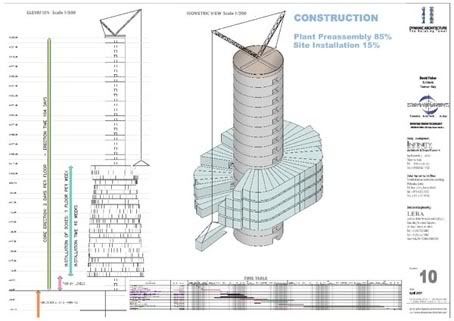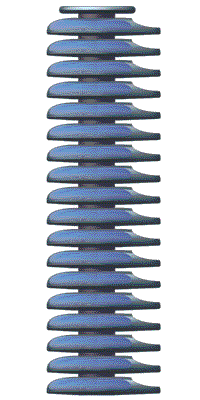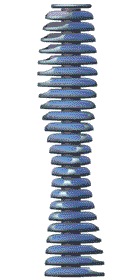
2012 Olympic Aquatic Centre, London, United Kingdom Wednesday 09 Jul 2008 | |
ODA hit back over Hadid Aquatics Centre“Complex” Hadid Aquatics Centre build to commence ahead of scheduleThe Olympic Delivery Authority has hit back at “inaccurate and scathing” reports by the BBC that the Zaha Hadid designed Aquatics Centre will be too complex to build in time for the 2012 Olympics by announcing the early commencement of its construction. The building touted as the “Gateway to the Games” is situated at the South East corner of the Olympic Park in London and construction will now commence by the end of this month, ahead of the Beijing Olympics. The BBC report stated there were questions over the choice of wood for the roof, which was, in fact, chosen for the ceiling of the pool space. In a press release issued the day after the BBC report, the ODA stated: “The BBC London report on Tuesday 1 July included claims that the roof of the venue, which will provide swimming and diving facilities currently unavailable in London, may be too complicated to be built and that a potential supplier is concerned about the materials being considered for the roof. “In fact the sweeping roof is an innovative steel structure with a striking and robust aluminium covering. The Zaha Hadid Architects led design team have worked closely with world class engineers Arup and the main contractor Balfour Beatty to finalise the construction plan for the roof, including maintenance access in legacy. "The team is currently considering different types of timber cladding for the internal ceiling of the venue and the sides of the roof supports. The timber selected will be tested over the next six to twelve months to ensure it works both for the Games and in legacy before installation in 2010." During the games the Aquatics Centre will offer a capacity of 17,500 seats for the main competition pool and diving, and 5,000 seats for the water polo venue. After the games, 2,500 temporary seats will be removed and a ‘leisure water’ facility added turning the Centre into a permanent fixture in the Stratford community. Hadid’s Aquatics centre was submitted to the design competition in 2005 and images were released the following year. In 2007 work began to clear the site of existing buildings and clean up the land in preparation for construction. Planning was sought in January of this year and in April Balfour Beatty were awarded the contract to build the Centre. With construction commencing by the end of the month it is expected the Centre will be complete in 2010. Architects : ZAHA HADID nad Architects |

































